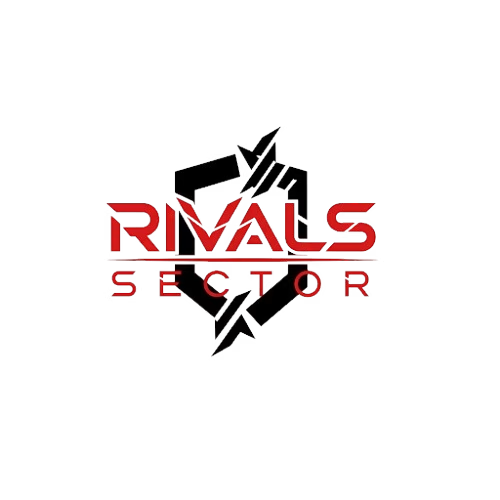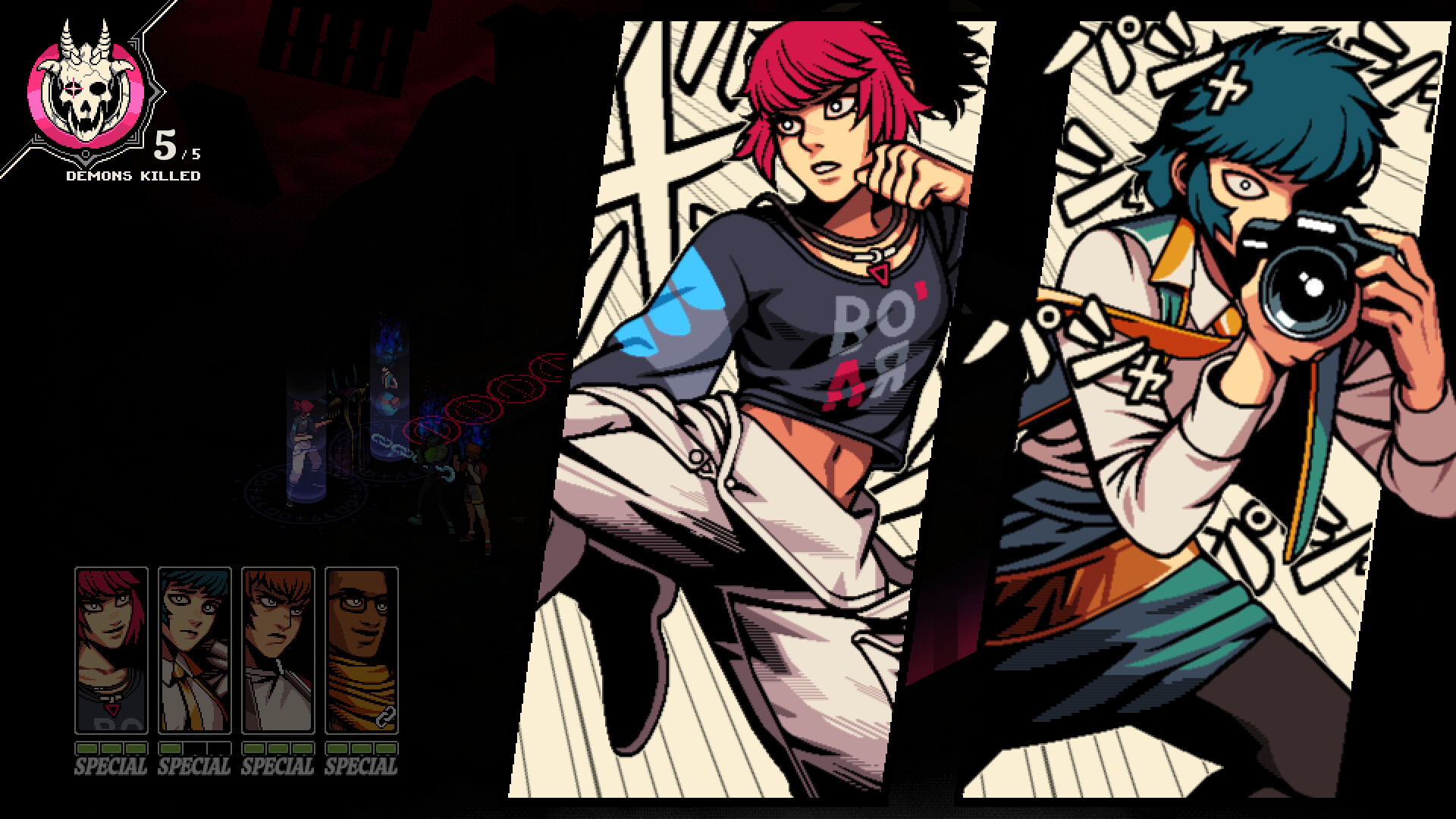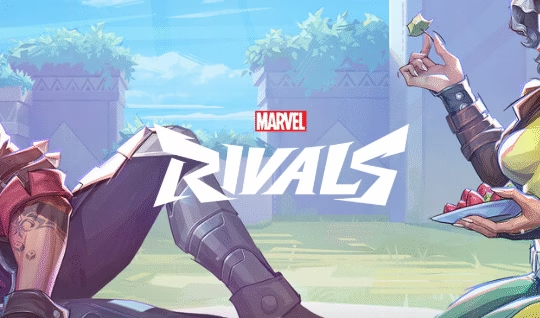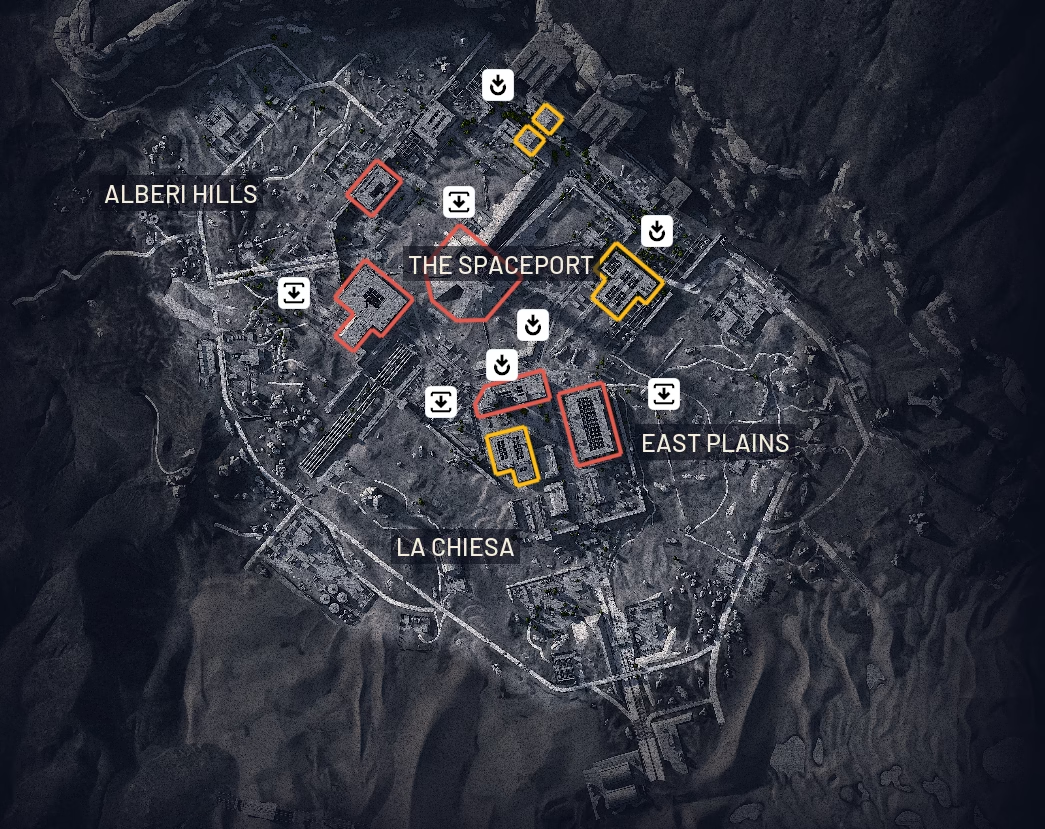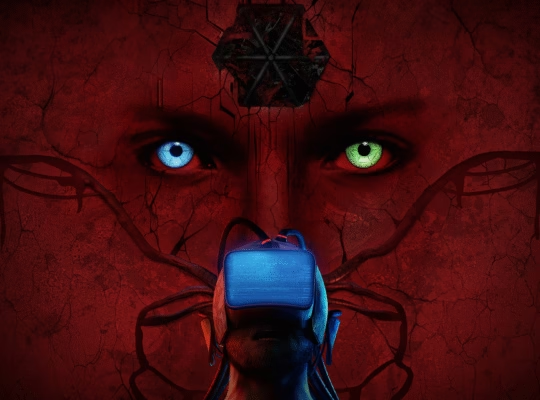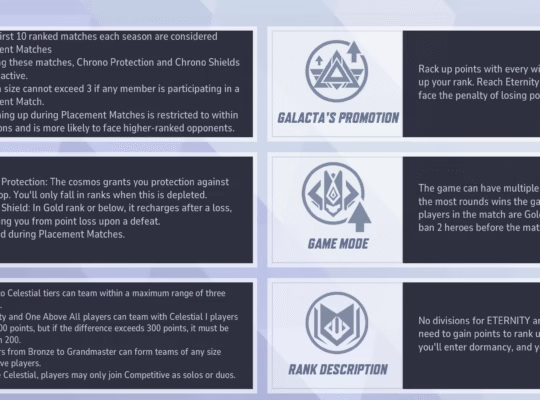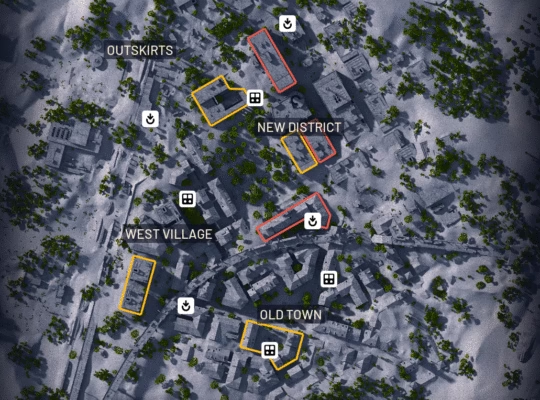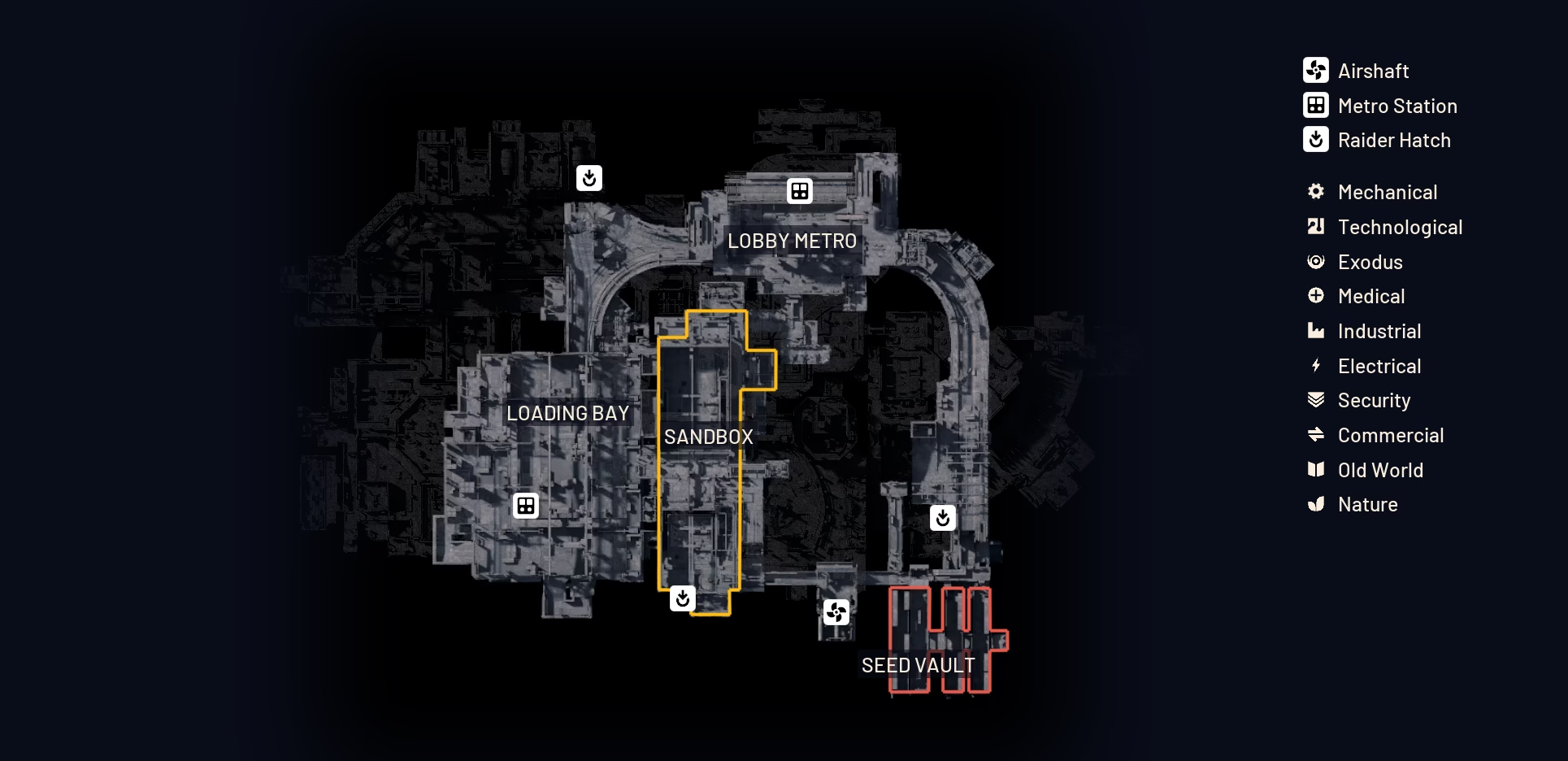Demonschool has emerged as one of the more talked-about indie tactical RPGs in recent months, combining school-life simulation with supernatural tactical combat. The premise, as it currently stands, centers on a protagonist arriving at a mysterious university island and navigating both interpersonal relationships and demon encounters. Much of what we know comes from developer statements, previews, and hands-on demos, and though several details feel well established, many aspects remain in flux and may change as the game moves from preview builds to full release. This article summarizes the most salient and reasonably supported facts, highlights likely features, and flags open questions that require further investigation.
Key facts at a glance
| Topic | What is known, likely or reported | Open questions and uncertainties |
| Setting | A university island with gothic and uncanny visual themes | How expansive the campus is, and how varied the locations will be |
| Protagonist | A freshman named Faye, inheritor of a demon-hunting lineage | Depth and branching of her personal arc |
| Core gameplay | Tactical grid combat with a planning phase and a simultaneous execution phase | Exact scale of missions, number of enemies per encounter, and optional difficulty aids |
| Systems | Relationship-building, mini-games, environmental interactions in combat | How interlinked social systems are with combat rewards |
| Platforms | PC and major consoles expected | Final performance and platform-specific features at launch |
| Release timing | Targeted for a fall release window in the near future | Exact pricing, post-launch roadmap, and DLC plan |
The table above is intended to help readers form a quick mental model, while recognizing that reported items may be refined by developers or contradicted by future hands-on reviews by Rivals Sector.
Background and Creative Influences
Demonschool appears to be intentionally hybrid in design, drawing from multiple genre traditions while attempting to build its own voice. Most observers note clear echoes of Persona-style school calendars and relationship mechanics, fused with a darker, more uncanny visual and narrative sensibility that some describe as reminiscent of artful horror cinema. On the combat side, the structure of scripting moves then watching them resolve simultaneously invites comparison with puzzle-like tactics games where positioning and choreography matter as much as raw stats, and where environmental effects can turn a seemingly simple encounter into a complex spatial puzzle.
This blend is likely not accidental, and probably aims at players who appreciate both story-driven character work and tight tactical challenges. There is, however, a meaningful debate to be had about whether mixing heavy social sim elements with mechanically demanding tactical combat results in a cohesive experience, or whether the two halves will compete for player attention. Early previews suggest the developers are aware of this risk and are attempting to balance accessibility with depth, but that balance probably remains provisional until full reviews arrive.
Release Timeline and Development Status
Publicly visible development milestones and announced schedules indicate that the team has been iterative, releasing demos and devlog updates while adjusting scope and polish. The developers have signaled a target release window, but indie development is often subject to final polishing, certification on consoles, and last-minute bug fixes, any of which could plausibly shift the date. Players who follow the project will likely want to track official developer updates for the most reliable information.
| Date or period | Development milestone or public event | Notes and likely implications |
| Early reveal phase | Initial unveiling and concept teasers | Established core premise and tone, built early interest |
| Demo releases | Playable demos and show-floor impressions | Helped refine combat systems based on feedback, revealed key characters |
| Polishing phase | Additional devlog updates and bug fixes | Indicates attention to release quality, but also a source of potential delays |
| Target release window | Announced launch timeframe | Worth treating as likely but not absolutely fixed |
The timeline table highlights that while the project has momentum, some schedule risk always remains. It would be reasonable to assume a soft commitment to the announced window, and to expect real-time communication from the development team if changes become necessary.
Gameplay Systems and Combat Design
The most distinctive mechanical feature reportedly is a two-stage combat loop, where players first plan or script actions for their squad, then observe those actions resolving simultaneously. This design rewards foresight, pattern recognition, and clever use of the environment – for example, pushing an enemy into a hazard or timing a movement to trigger a chain reaction. A rewind or adjustment mechanic during the planning window is likely to be available, permitting players to iterate on their script without punishing experimentation.
Beyond the combat choreography, the game seems to include school-life systems: relationship mechanics, mini-games, and quests that occupy time outside of battles. These systems are likely intended to shape combat performance, perhaps by unlocking abilities, granting passive bonuses, or enabling narrative opportunities. How tightly social systems connect to tactical power is an open question – in some designs social choices deeply reshape combat options, while in others they remain primarily narrative flavor. Players who prioritize competitive or high-difficulty play may want clear information on whether social systems are optional or integral to success.
Accessibility and difficulty tuning are another important area. Early impressions suggest the tactical layer can be challenging, and it is not yet fully clear what options will exist for players who prefer a more relaxed experience. Expect that developer communications prior to launch might clarify difficulty modes, assistive systems, and tutorial depth, but for now prospective players should prepare for a game that may reward deliberate learning curves.
Characters and Narrative Scope
The narrative center is a character named Faye, framed as a student and the last scion of a demon-hunting family, navigating campus life while confronting escalating supernatural threats. Several companions are recognizable from previews, each with distinct personality traits and suggested roles in combat and social scenes. It is plausible the roster could expand beyond the core cast, but the final count and the granularity of companion arcs are not finalized in public sources.
Narratively, the game appears to mingle coming-of-age themes with undercurrents of conspiracy and uncanny horror. Some narrative threads may engage with topics like identity, legacy, and institutional power; these themes may be explored in ways that are emotionally resonant, or they may remain functional scaffolding for gameplay, depending on the depth of writing and branching choices. Some experts and early reviewers have posited that the game may use horror elements to interrogate campus life metaphors, while others caution that it might lean more toward stylized atmosphere than deep sociocultural critique. Both readings are plausible, and further playthroughs will likely reveal which interpretation fits better.
Art Direction and Tone
A recurring observation is that Demonschool favors a stylized, cinematic aesthetic with horror-inflected design cues – unsettling architecture, uncanny character designs, and a color palette that can swing between warm intimacy and cold dread. This artistic choice may create an experience that feels like an art piece at times, combining the everyday textures of campus life with surreal intrusions. The tone may oscillate between tender social moments and high-stakes, visceral conflict, so players should expect tonal shifts rather than a univocal mood.
The question of explicitness – whether horror is graphic or psychologically unsettling – remains somewhat unsettled. Previews indicate stylized violence and moments of grotesque imagery, but the overall emotional impact will depend on pacing, sound design, and narrative framing at launch.
Open Questions and What to Watch
There are several practical and conceptual uncertainties that matter for potential players and observers:
- How large and replayable will the game be, and what is the expected run time for a typical playthrough?
- Will social systems be required to achieve success in harder difficulty tiers, or are they optional?
- What difficulty and accessibility options will be present at launch, and will the game include aids for players who prefer lower mechanical intensity?
- What is the launch price and the post-launch support plan, including patches and possible expansions?
- How stable will performance be across platforms, especially on lower-powered hardware?
Answers to these questions will materially influence whether Demonschool is best purchased at launch, added to a wishlist for sale pricing, or experienced via demo or stream to decide fit.
Why Demonschool May Matter
Stylish indie projects that combine social simulation with meaningful tactical depth are relatively rare, and Demonschool may occupy an interesting niche if it achieves a successful blend. It could appeal to players seeking narrative-rich experiences that still deliver thoughtful mechanical challenge, and it may encourage other studios to experiment with hybrid genres. At the same time, the game will likely be judged on execution – notably whether its systems cohere into a satisfying whole, rather than feeling like disparate parts stitched together.
Some experts believe this approach could broaden the audience for tactical games by offering accessible entry points via social mechanics, while others argue the risk of diluting mechanical purity is real. Both viewpoints are useful and indicate the game sits at an intersection of legitimate promise and real design risk.
Conclusion and Next Steps for Curious Players
Demonschool is shaping up to be an intriguing experiment in genre fusion, with promising aesthetic and mechanical ambitions. Much of the core design – the planning-and-execute combat, the campus setting, and the character-driven narrative – seems coherent and potentially compelling, but several important details still require confirmation. For those who want to track the project responsibly, recommended next steps include playing any available demos, following official developer updates, and consulting hands-on reviews once the full release occurs. Treat current information as a provisional account – probably accurate in its broad strokes, but susceptible to revision as the final product and player feedback arrive.

